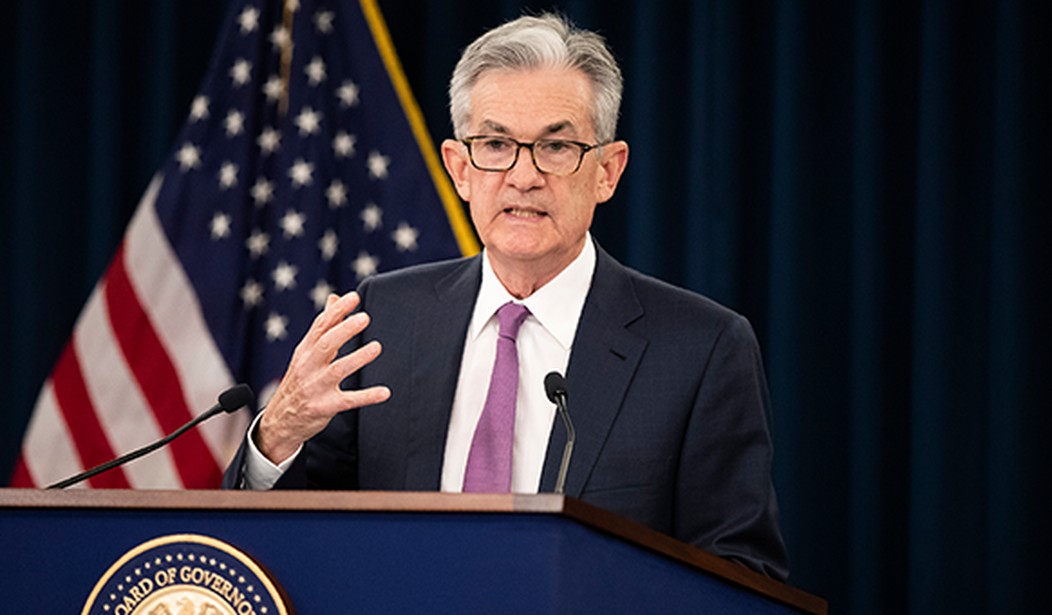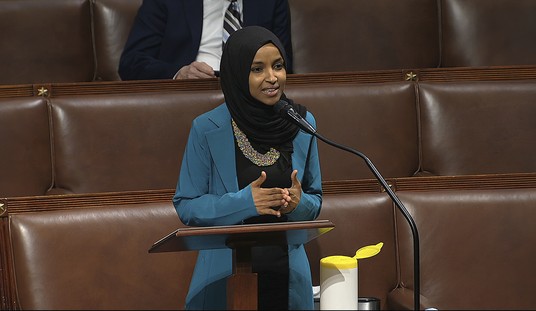February's inflation numbers are out, and Joe Biden should still be concerned that high prices are not dropping nearly fast enough.
The Federal Reserve set an inflation target of 2%. From 2008 until 2022, the inflation rate never got above 2.5% and it was less than 1% 11 times. Biden has yet to come close to that target.
In February, prices rose 3.2%, which is higher than expected and higher than January's 3.1%. What should concern Biden most is that the inflation rate stubbornly refuses to move significantly toward that 2% Fed target.
The economic disruptions from the pandemic are in the rearview mirror, although supply chains are still not back to normal in many sectors of the economy. But Biden will not be able to use the pandemic as an inflation crutch anymore.
The New York Times says that getting to a low-inflation economy will be a "bumpy process."
After stripping out volatile food and fuel costs for a better sense of the underlying trend, inflation came in at 3.8 percent, slightly faster than economists had expected but down from 3.9 percent in January. And on a monthly basis, core inflation climbed slightly more quickly than economists had forecast as airline fares and car insurance increased, even as a closely watched housing measure climbed less rapidly.
Taken as a whole, the report was the latest sign that bringing inflation fully down is likely to take time and patience.
To date, inflation has come down steadily and relatively painlessly: Unemployment continues to hover below 4 percent and growth in 2023 was unexpectedly strong, even though the Fed has raised interest rates to a more than two-decade high.
"Time and patience" are two things Joe Biden can't afford. Unless he can get that inflation number below 2.5%, his re-election will be in enormous trouble.
Fed officials have been debating how long they need to leave rates at their current level, about 5.3 percent. Elevated borrowing costs make it expensive for people to borrow to buy a house or expand a business, and that can weigh on the economy over time. While the Fed has been trying to tamp down demand enough to bring inflation under control, officials want to avoid crushing growth to the point that it leads to widespread job losses or a recession.
But some economists have been worried that it could be harder to slow inflation the rest of the way than it has been to achieve the progress so far. And Fed officials want to avoid lowering interest rates too early, only to find out that inflation is not fully quashed.
Is Federal Reserve Chairman Jerome Powell made of similar stuff as former chairman Paul Volker? Volker endured an economy that almost flatlined in 1982 with 10.8% unemployment rate and interest rates north of 18%.
The Federal Reserve is indeed independent. Independent but not immune to political pressure. In an election year, Powell will be under enormous pressure from a Democrat president to cut interest rates to goose the economy in the closing months of the year.
Originally, the Fed planned a total of three interest rate cuts to bring the rate below 4%, but the latest inflation data should give the Federal Open Market Committee pause in initiating any interest rate cuts.










Join the conversation as a VIP Member